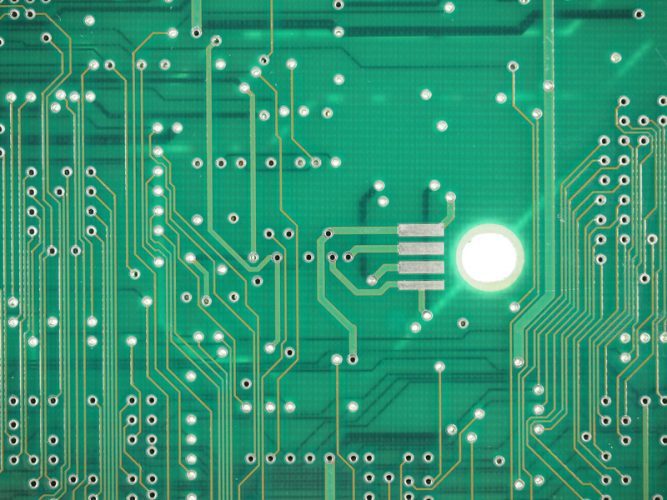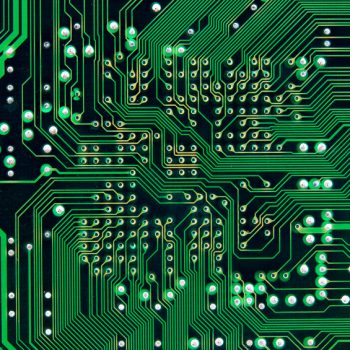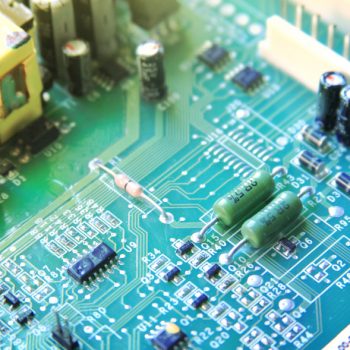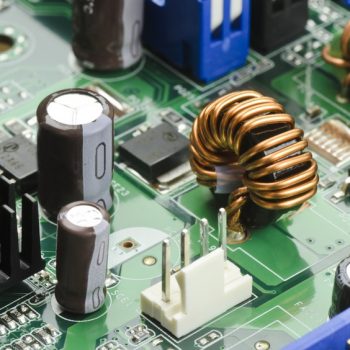If you’re familiar with the purpose of prototype printed circuit boards or PCB fabrication, you probably know how commonplace and necessary they are in today’s technologically dependent world. But even though printed circuit boards are found in almost every device we use on a daily basis, you might not know these four amazing facts about PCBs:
- Some gramophones had printed circuit boards
You may not realize it, but prototype PCBs aren’t an entirely new age convention. They were around in the early-to-mid 1900s and were used in some gramophones and tube radios! They may not look like the printed circuit board prototypes we see today, but no matter the format, they helped bring entertainment and new advancements into the homes of many Americans — just as they do today. - The first PCBs were funded by a music printing company
Paul Eisler, who is sometimes referred to as the Father of the Modern Printed Circuit Board, was an Austrian inventor who escaped the Nazis. He later started working at a music printing company, and he shared his idea for a new invention — what would become the very first printed circuit board prototype! — and the company decided to bankroll his idea. His invention led directly to the types of prototype printed circuit boards we produce today. - No one knows why they’re still green
The green material you see on the PCB layout is the solder mask showing through the glass. But these days, solder mask can be made in many different colors — so why have prototype circuit boards continued to stay green? Some think it can be traced back to their use in the American military — where both rigid and flexible circuit boards have been common since the Army’s development of the auto-sembly process in the mid-1950s — but others suggest that prototype PCB manufacturing companies simply want to stick with the convention of the original solder mask color. Either way, we’re sticking with convention. If it’s not broke, don’t fix it! - PCBs were vital in space travel
As an integral part of NASA’s space program, printed circuit boards helped get the Apollo 11 astronauts safely to the moon and back. And because both mass-produced and prototype printed circuit boards are lightweight and require only a small amount of electricity, they’re ideal for complex electronics in close quarters, which is exactly what a spacecraft requires.
Although we assume these types of technologies are brand new, they actually have a fascinating history.
We specialize in the type of prototype PCB fabrication that can allow you to carve out your own place in the technological narrative. Contact us today to discover how our services and products can help your business grow.










